Schools 'could close' over drop in pupils
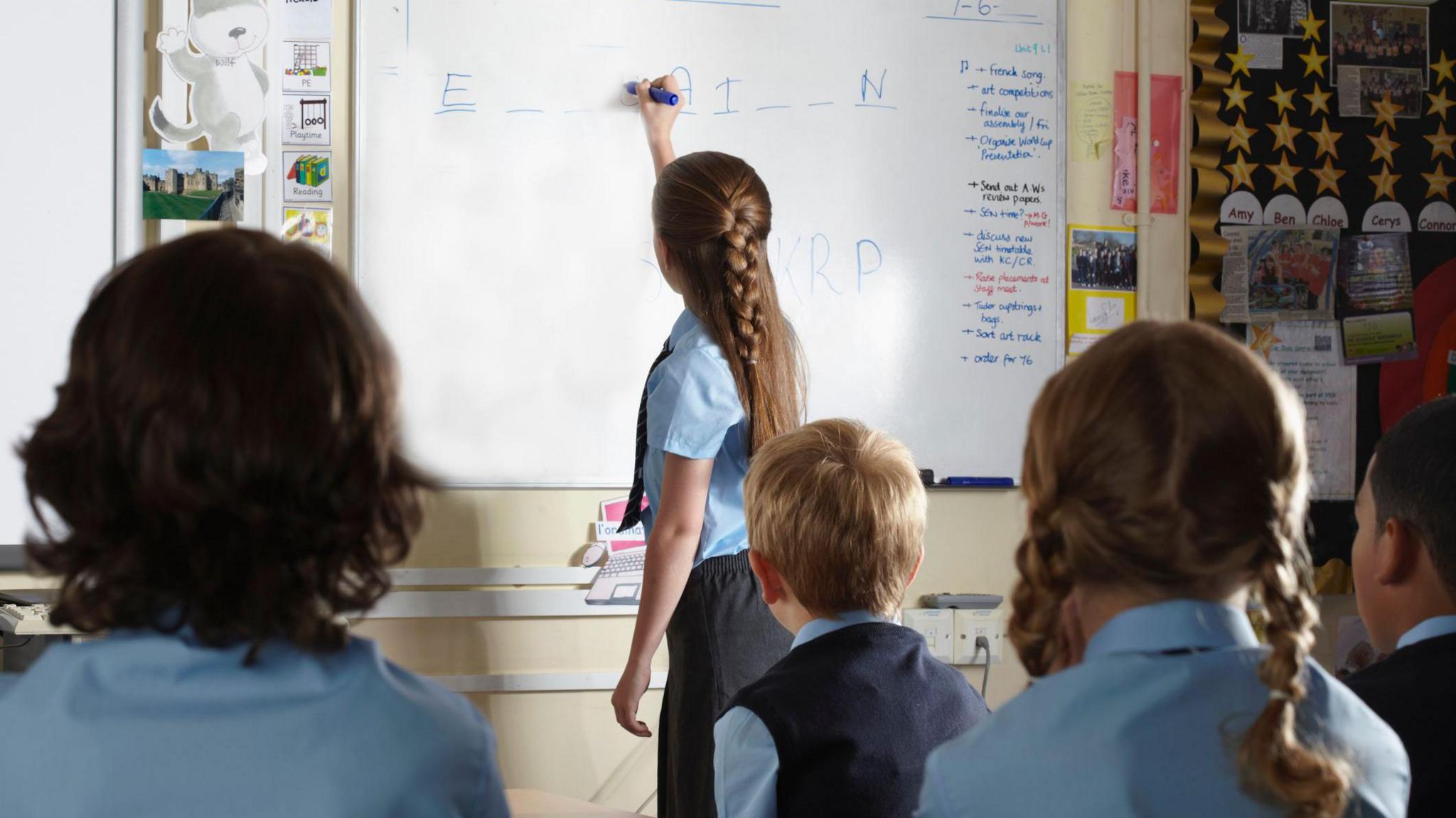
There are currently more than 400 schools in Norfolk
- Published
Schools were likely to close due to falling birth rates, which have led to a drop in pupil numbers, a senior councillor said.
A report for Norfolk County Council warned that whilst there were just under 9,300 Year 8 pupils in the county's schools, fewer than 8,000 were registered in this year's reception classes.
With the numbers expected to continue to fall, the council said it was working with education leaders on how to address the problem.
But Conservative Penny Carpenter, the councillor responsible for children's services, said "we believe some of the schools will be closing".
She added: "It's not going to happen today or tomorrow or next week, [but] we have to plan."
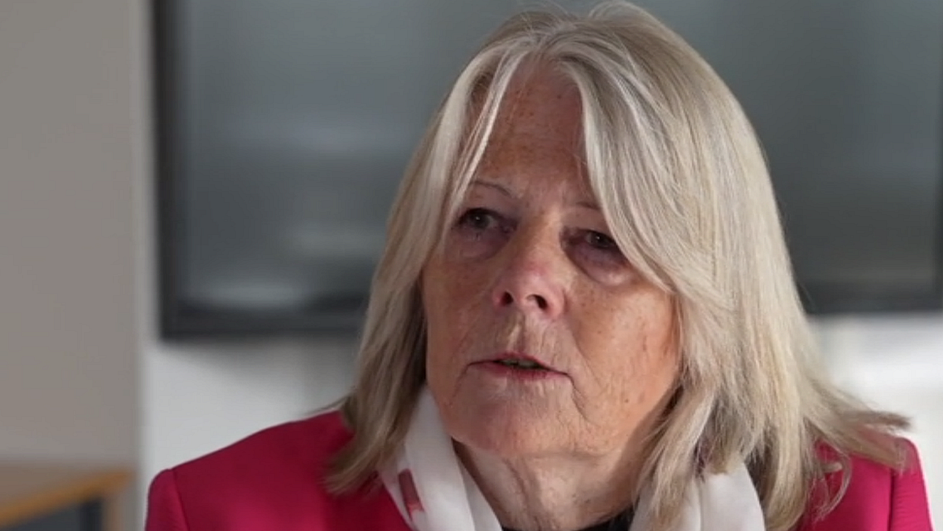
Penny Carpenter said Norfolk County Council was working with schools on how to cope with the drop in admissions
Whilst falling birth rates were not unique to Norfolk – fewer children were being born across the UK – the council said it had smaller schools than other parts of the country.
Norfolk has "218 primary schools with fewer than 200 pupils, 110 have fewer than 100 pupils, and 29 have fewer than 50 pupils enrolled", the report, external to the council's cabinet said.
With schools receiving money per child from the government, a drop in pupil numbers can have a significant impact on a smaller educational setting.
The report said that some schools had reduced the number of classes they had and that council staff were "collaborating with school leaders to prepare for reduced student intakes in the coming years".
It added that, in future years, some schools would "need to amalgamate or merge" and "in other cases, it may be that a school needs to close entirely".
Already this year, some of Norfolk's smallest schools – such as Great Dunham Primary and Cantley Primary have been closed and merged.
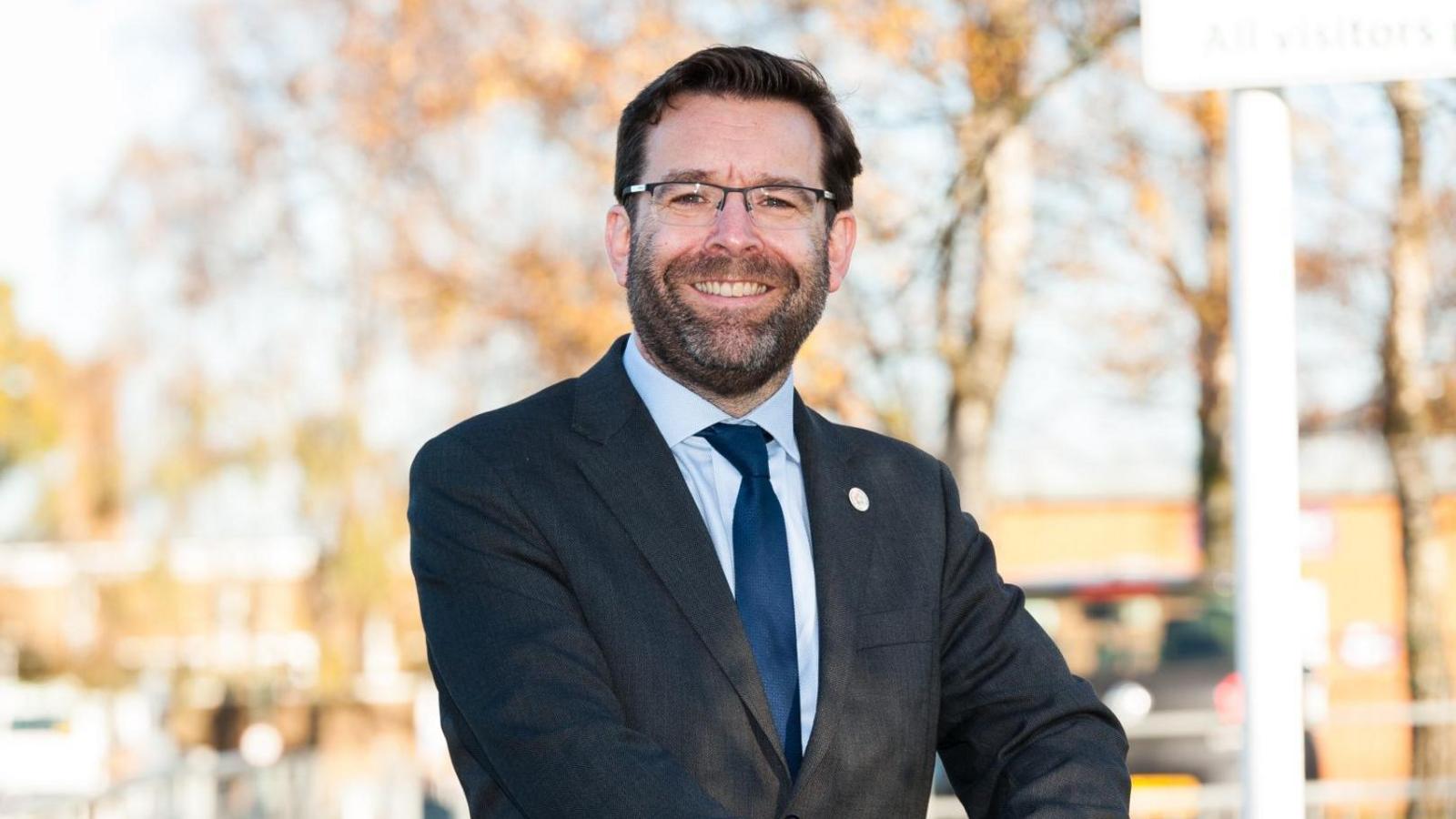
Academy boss Andy Johnson said some of his schools had mixed age groups in classes to "keep them viable"
One way some schools have coped with falling numbers is by combining different age groups into classes.
The West Norfolk Academies Trust is made up of 11 schools, with two of its primaries – Walpole Cross Keys and Snettisham – having fewer than a hundred pupils enrolled.
"We've always had mixed year group teaching to make them viable," said the trust's chief executive, Andy Johnson.
"It's really making sure you plan that and know your curriculum really, really well. The success we've had in our primaries – and all of them are [rated by Ofsted as] Good – has shown that mixed year group teaching can be done effectively."
'We have to plan'
Carpenter said council staff had been working with schools for "a long time" on how it would address the issues caused by the lower birthrate – and would continue to do so.
"We have to look forward – you never look back – to see where we will be in three years time, five years time, ten years time," she said.
However, whilst she insisted that no schools were about to immediately shut, she conceded that future closures were inevitable.
She added: "I can't identify them at the moment. We are working with the schools, the headteachers and chief executives [and] it's not going to happen today, tomorrow or next week – [but] we have to plan."
Get in touch
Do you have a story suggestion for Norfolk?
Follow Norfolk news on BBC Sounds, Facebook, external, Instagram, external and X, external.
Related topics
More stories from Norfolk
- Published11 October
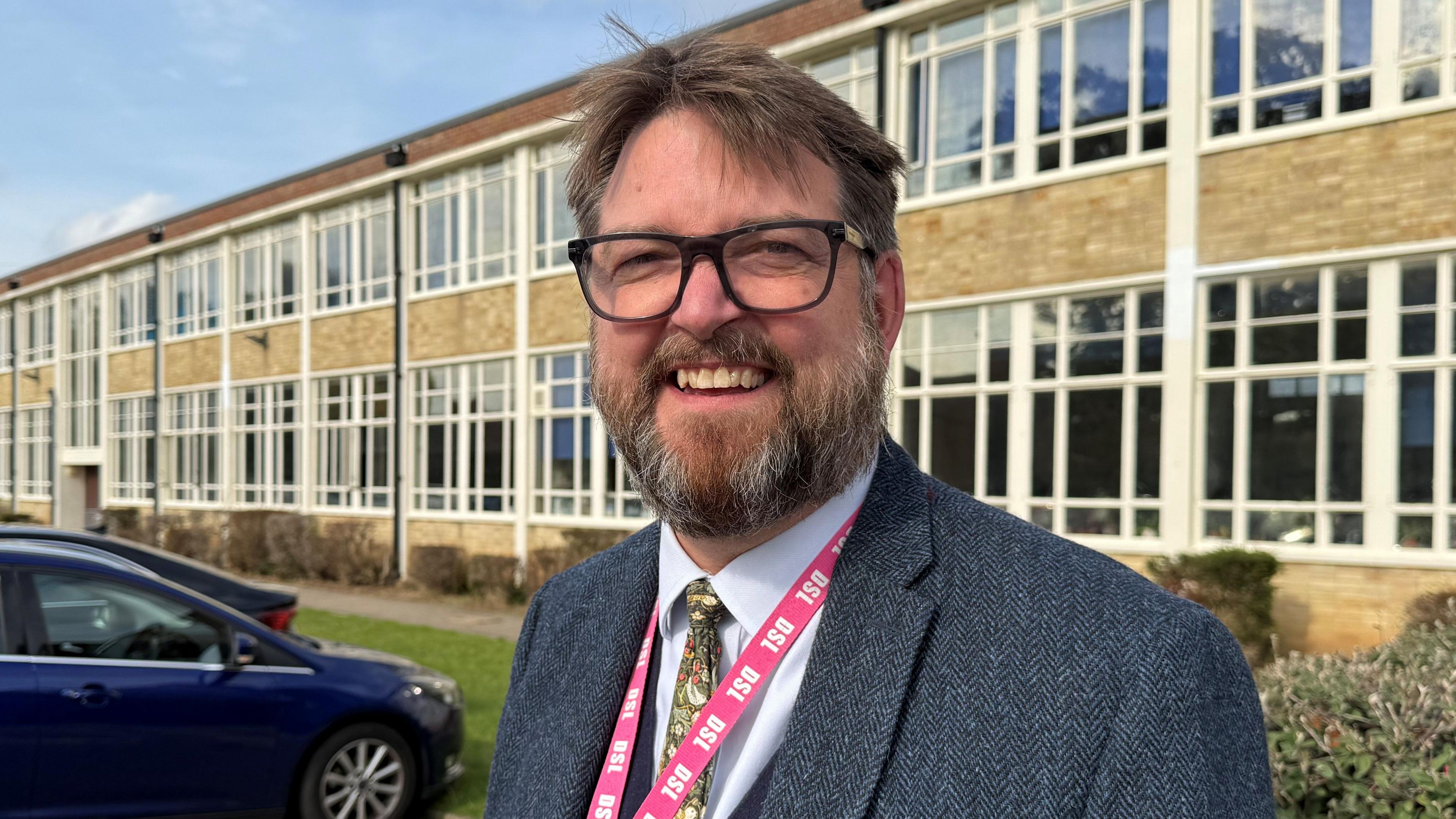
- Published10 October
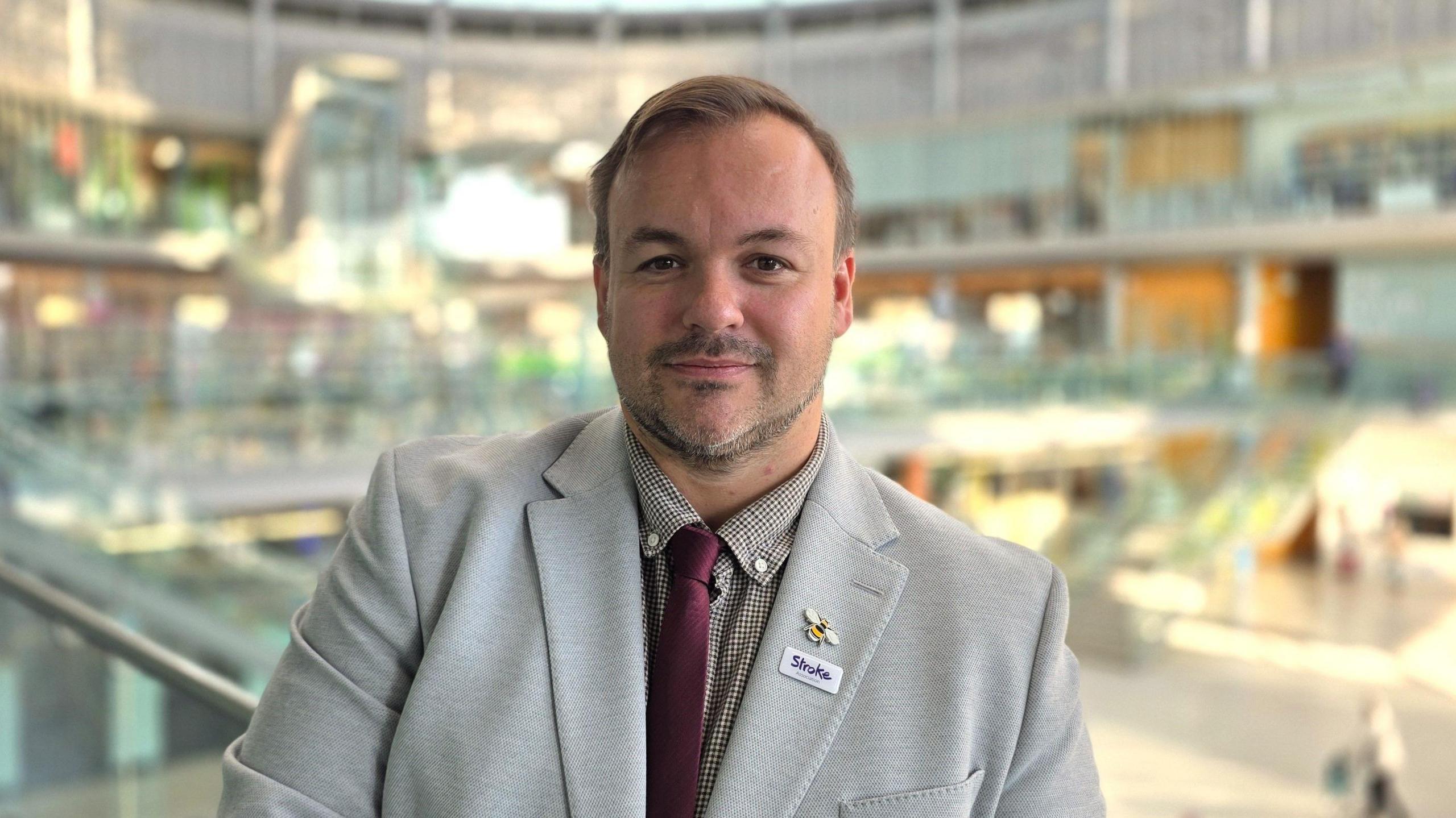
- Published8 October
